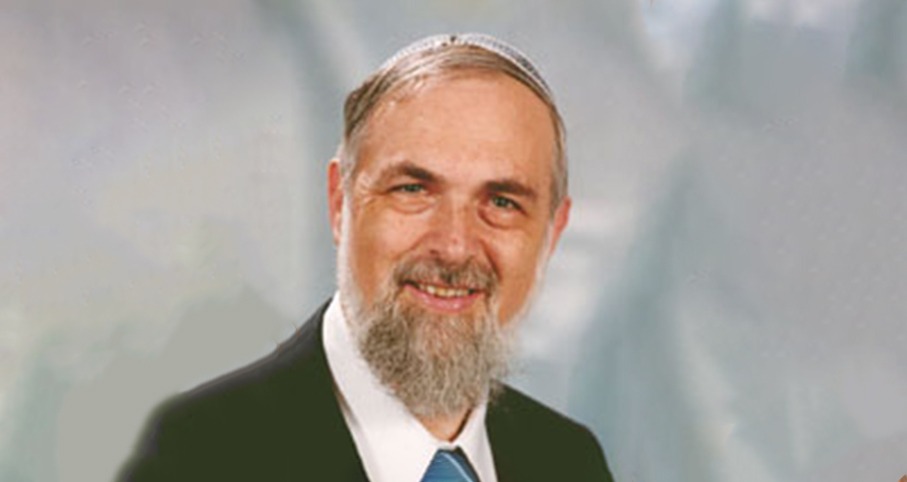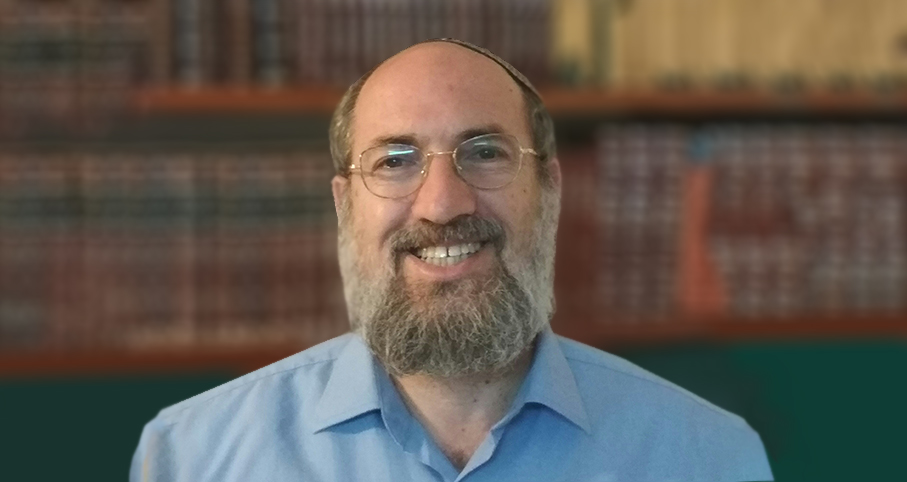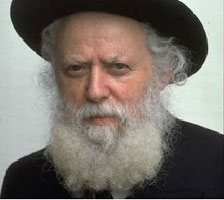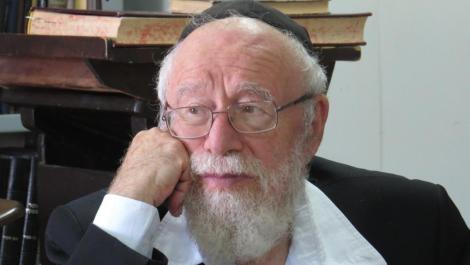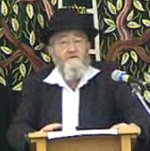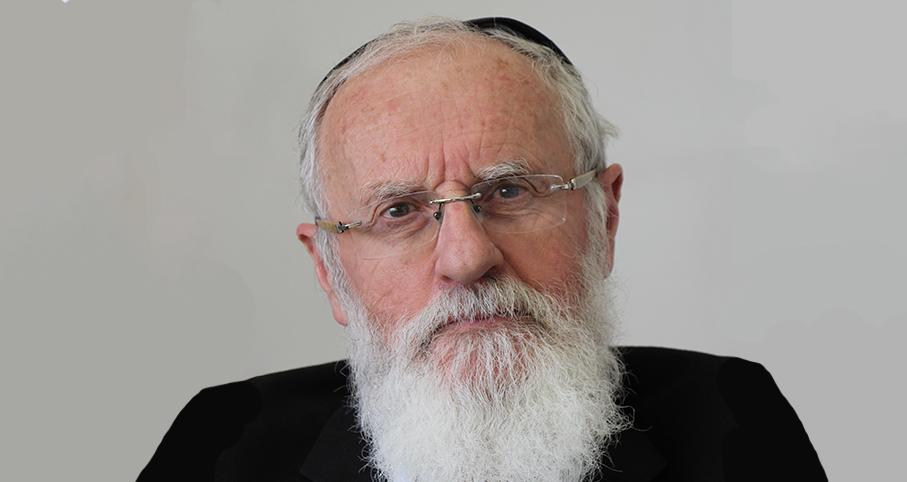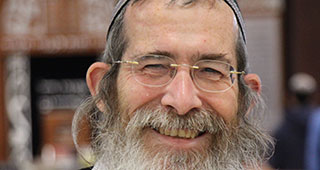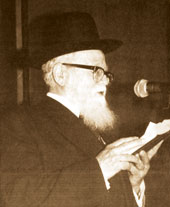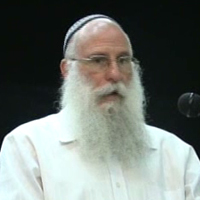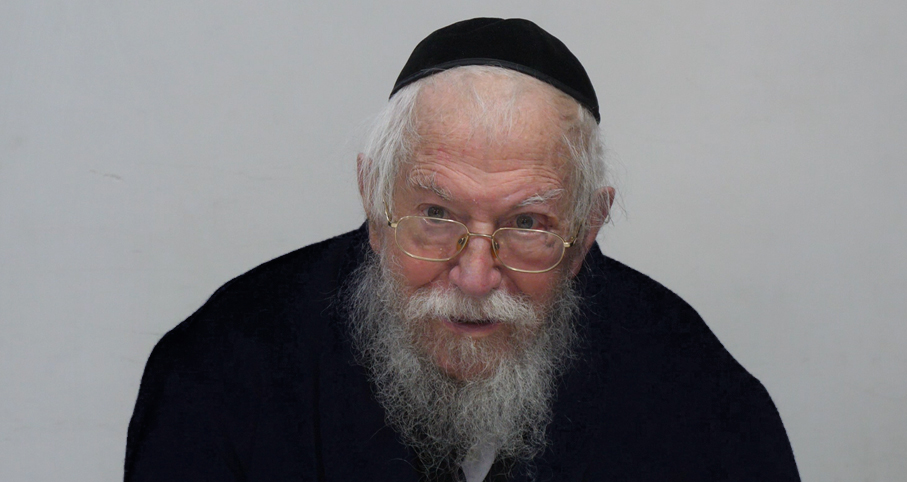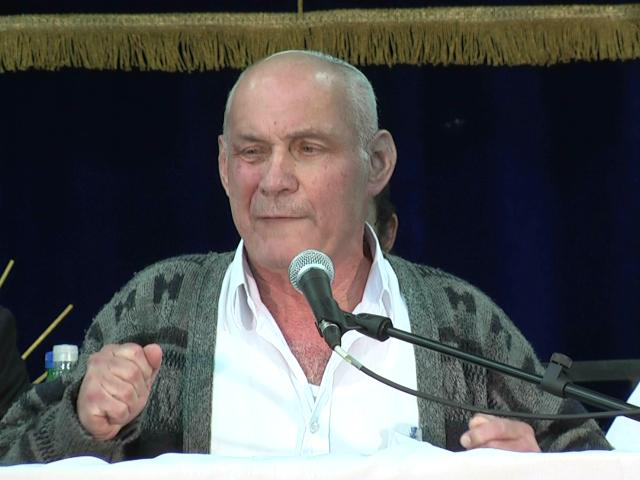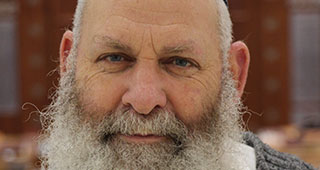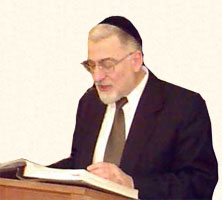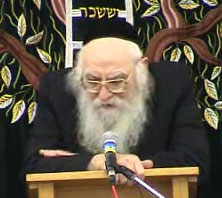Beit Midrash
- Sections
- Chemdat Yamim
- P'ninat Mishpat
A Jewish man and woman got married as refugees in a far-flung camp in the Soviet Union during WW II, and the marriage was recorded in Russian documents. After the war, the couple went to Poland and parted ways. The man immigrated to Israel, and the woman went to France. She started living with a man and had a daughter. Eventually, she decided to marry the man officially, but the French authorities would not allow it, as her documents listed her as married to the first man. She requested from her "ex-husband" to divorce her, which he did in Israel, with a religious divorce at the Rabbinate (which is how it must be done in Israel). Afterward, she had a civil marriage in France but not a religious one. There is now a question about the personal status of her daughter, as she could potentially be a mamzeret (illegitimate) as she was conceived while her mother was still officially married to someone other than her father.
Ruling:
There is limited evidence that the couple of refugees might have been married in a manner that has halachic significance. First, there is a Russian government document that says that they got married. However, at those times, rabbis or knowledgeable Jews were scarcely found in that area (Uzbekistan), making a halachic wedding unlikely. They claim in fact that there were not even any other Jews in the camp. Considering that both of them were active communists, there is no reason to suspect that they made efforts to have a halachic wedding. Second, they applied for a get to be done in Israel as if they had a Jewish marriage that needed to be ended. However, both of the parties said that there had been no chupa or any other elements of a halachic wedding and that they told beit din otherwise only because she needed a get to enable her to remarry in France.
There is a major halachic discussion if a couple that publicly lives together after a civil marriage is considered married by virtue of living together. The consensus of poskim (Rav Ch. O. Grodzensky and others) is that a get is not necessary if she has great difficulty getting one, and this is the standard approach in the Israeli batei din. This is based on the Rivash’s responsum regarding concealed Jews who married in front of priests, which he sees as an indication that they were not interested in a halachic marriage. The Terumat Hadeshen says similarly, and this is the ruling of the Shulchan Aruch (Even Haezer 148:6) and the Rama (ibid. 26:1). Only when there is an assumption among acquaintances that a couple had a Jewish wedding was the D’var Avraham stringent, which is not the case here. The personal status of the woman’s daughter (fear of mamzerut) is no less of a need (allowing us to consider the marriage void, as we believe) than the situation of a woman having difficulty with a get, and thus she should be permitted.

P'ninat Mishpat (802)
Various Rabbis
123 - Support for Sons Not Living With Their Father
124 - Status of Child of Woman Who Had Civil Marriage
125 - The Status When the Marriage Proves Unviable
Load More

P'ninat Mishpat: Unsuccessful Transfer of Yeshiva – part I
based on ruling 82138 of the Eretz Hemdah-Gazit Rabbinical Courts
Beit Din Eretz Hemda - Gazit | Adar 5784

P'ninat Mishpat: Unsuccessful Transfer of Yeshiva – part II
based on ruling 82138 of the Eretz Hemdah-Gazit Rabbinical Courts
Beit Din Eretz Hemda - Gazit | Adar 5784

P'ninat Mishpat: Amounts and Conditions of Payment to an Architect – part IV
based on appeal of ruling 83061 of the Eretz Hemdah-Gazit Rabbinical Courts
Beit Din Eretz Hemda - Gazit | Sivan 5785


